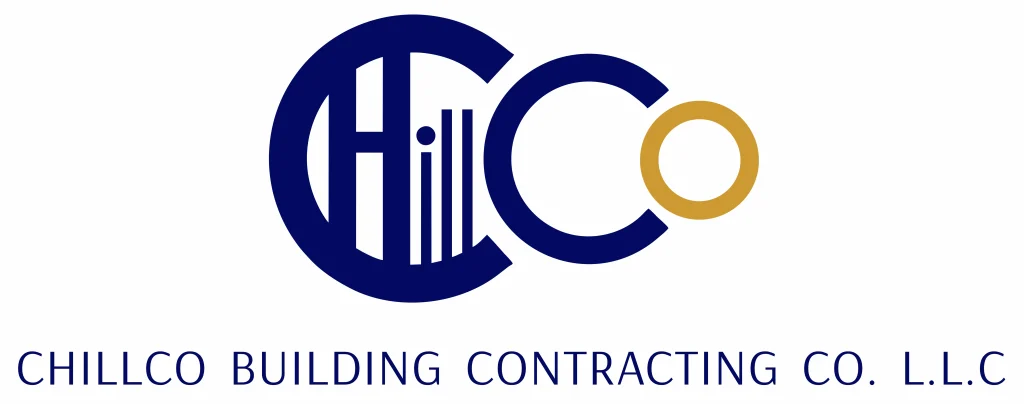In construction, the difference between a smooth build and a chaotic disaster often comes down to one thing: planning. Or more specifically, how well you do it — or how badly you don’t.
It’s easy to assume that the most expensive issues on a project are materials or equipment. But the truth is, poor planning quietly drains money, time, and reputation, and it’s often not noticed until it’s too late.
Here’s how bad planning shows up on site — and how it costs more than most realize.
1. Missed Deadlines = More Than Just Inconvenience
When deadlines are missed because of unclear plans or scheduling conflicts, it’s not just a delay — it’s a financial setback. Every extra day on site means:
-
Additional labor costs
-
Extended equipment rentals
-
Potential fines or late penalties
-
Client frustration and loss of trust
Bad planning at the start almost always leads to rushed decisions later — and rushing leads to mistakes.
2. The Snowball Effect of Small Mistakes
One small error — like the wrong placement of a column or the wrong type of rebar — can cause a domino effect. Fixing it means rework, delays, possibly tearing down parts already built.
And what’s worse? Most of these errors happen because something was assumed, not confirmed. That’s a planning problem, not a site problem.
3. Material Waste Adds Up Quickly
When you don’t have accurate material take-offs or delivery schedules, you either over-order or under-order.
Over-ordering? That’s wasted money and storage issues.
Under-ordering? That’s delays and emergency resupply costs.
And if materials aren’t stored properly due to poor site planning, they can get damaged, stolen, or simply forgotten — all preventable with proper forethought.
4. Coordination Breakdowns Between Teams
Construction sites involve many players — engineers, contractors, subcontractors, suppliers, and inspectors. If the plan doesn’t clearly outline who does what and when, things fall apart fast.
Examples?
-
Electricians show up before the walls are ready.
-
Painters arrive before the space is cleared.
-
Inspectors reject work that’s not ready.
This leads to standing labor costs, idle equipment, and rescheduling fees.
5. Client Changes Aren’t the Problem — the Lack of Flexibility Is
Clients change their minds. That’s part of the job. What turns a change into a crisis is when there’s no room in the schedule or budget to absorb it.
A well-planned project has buffers, contingency plans, and flexibility. A poorly planned one collapses under the pressure of even a small design tweak.
6. Safety Incidents from Disorganized Worksites
When workers don’t know what’s happening when, or where materials are supposed to go, things get dangerous. A messy, reactive site is a risky site.
Poor planning increases:
-
Trip hazards from misplaced materials
-
Machine mishandling due to rushed usage
-
Confusion in emergency response situations
All of which can lead to real harm — and serious legal and financial consequences.
7. Damaged Reputation: The Cost No One Talks About
Clients remember if you missed deadlines, went over budget, or created stress. So do architects, consultants, and suppliers.
Even if the building gets done, poor planning leaves a bad taste. And in construction, reputation is currency.
One project done poorly because of planning issues can cost future business. It can also lead to bad reviews, withheld payments, and the loss of skilled subcontractors who won’t want to work with you again.
How to Avoid the Planning Pitfall
Here’s what companies can do to make planning a priority, not an afterthought:
-
Start with a detailed scope and timeline. Vague plans are the root of vague execution.
-
Get everyone involved early. That includes site managers, procurement, safety leads, and subcontractors.
-
Use real data from past jobs. Estimate timelines and costs based on reality, not hope.
-
Include buffers. Weather, supply chain delays, and changes are inevitable. Plan for them.
-
Review and revise often. A plan that isn’t updated is as useless as no plan at all.
Planning might not be the most exciting part of construction — but it’s definitely the most powerful. When done well, it keeps your project lean, your team focused, and your client happy.
Ignore it, and the costs will hit you where it hurts most — your budget, your timeline, and your name.
So, next time you’re preparing to break ground, ask yourself: is the plan clear, complete, and built to adapt? If not, it’s time to step back and rethink — because in construction, poor planning isn’t just a problem. It’s a price tag.

